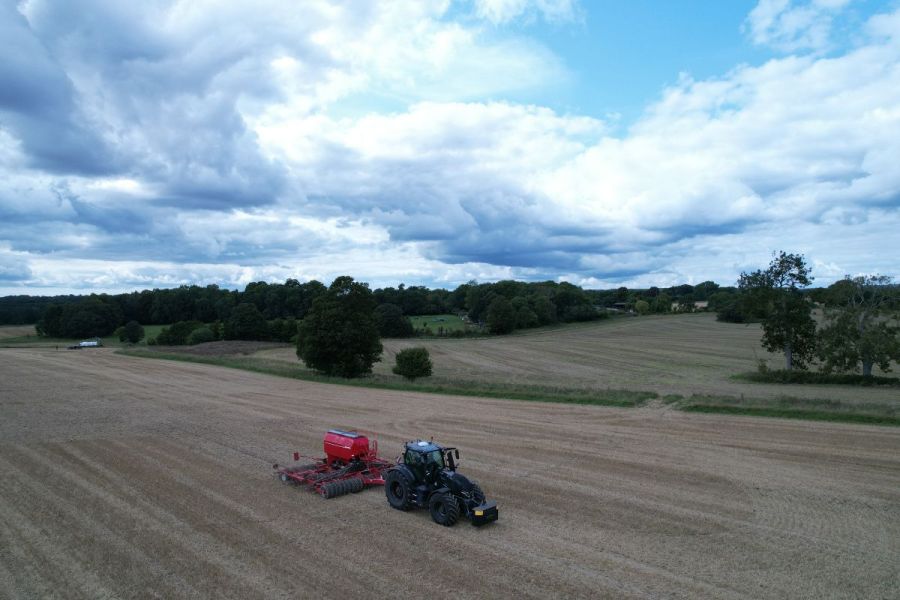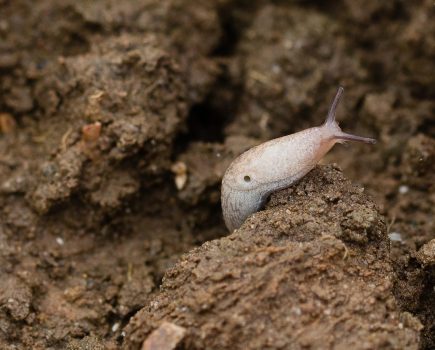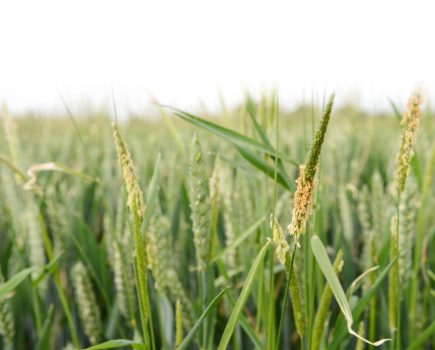In a bid to retain valuable oilseed rape within rotations, growers and agronomists are devising multi-faceted ‘recipes’ to help improve the establishment success rate of the crop. CPM finds out more.
“A mostly buckwheat companion crop provides excellent green cover and masks the emerging OSR.”
By Janine Adamson
Much like the alchemy involved in baking a successful sponge cake, growing a profitable oilseed rape crop in the UK is dependent on the interactions between a series of critical variables and inputs.
And where adjusting a specific management technique may help to mitigate one risk factor, it could also inadvertently foster another, explains Jim Farquharson of Eastbury Estates in Blandford Forum.
With that in mind, he’s been working with agronomist Todd Jex from Agrii to devise a multi-point ‘establishment recipe’ to help ensure the 480ha farm reaps the wider benefits of having OSR within the rotation.
“You might ask why bother, but we’re limited on break crops and OSR is a profitable option if grown well. Our other break is spring beans which we grow no more than one in four, but they’re not for everyone and this season has proven especially challenging to get them drilled,” says Jim.
The farm can also struggle with blackgrass, meaning OSR is critical in achieving adequate grassweed clean-ups using clethodim (as in Centurion Max) and propyzamide (as in Kerb) both ahead of and after first cereals.
So what does the farm’s establishment recipe entail? According to Jim, the first ingredient should be a fast developing hybrid variety. “A crop has to develop quickly in order to grow away from cabbage stem flea beetle and also our two-legged pests – the game birds from our commercial shoot.”
DK Exsteel is Eastbury’s current OSR variety of choice, which Agrii agronomist and Dorset iFarm trials coordinator, Jazzmyn Jex, says is one of the best hybrid varieties in her region’s iFarm trials.
“Using drone technology which filters out the buckwheat and weeds, we can see the percentage cover of each variety in our trials. That, paired with data collection in person looking at crop biomass and growth stages, we’re able to clearly see the vigour of each variety throughout the autumn.
“DK Exsteel has been consistently good in our trials since 2017 in terms of autumn vigour from October through to January – always being top of the table in comparison with other varieties (hybrid and conventional).
“This early vigour is so important, especially if you’re drilling later to avoid CSFB as slug pressure is increased with a later drilling slot. The plant has to grow quickly enough to withstand the slug damage.”
As for drilling date at Eastbury, which is another ingredient in the recipe, this usually takes place around the end of August into early September, depending on weather and seedbed conditions, explains Jim. “We’ve found this is our sweet-spot in avoiding the peak CSFB migration, although we’d be open to drilling later if the right variety came along to support it.”
Furthermore, Todd highlights the problems associated with drilling too early, which could prove tempting for some in a bid to overcome CSFB. “As a result, you may end up using clethodim very early in the season leaving some robust, well-tillered blackgrass plants in the crop to overwinter.
“Then, because we’re experiencing fewer frosts which would ordinarily knock the weeds back ahead of Kerb applications, it’s providing difficult to get a handle of blackgrass in the spring. Drilling OSR too early also impacts PGR requirements,” he stresses.
Once conditions are conducive to establish the OSR crop, it’s sown using an inter-row drill and GPS at 50 seeds/m2, including a starter fertiliser. Todd says not only does this give the crop an early boost, but it can prove vital due to the farm’s chalky soils.
“Even with good indices it doesn’t mean those nutrients are available to the crop. This is because of the alkaline pH and high levels of calcium found in chalk soils; foliar nutrition is equally critical,” he explains.
But importantly, before drilling the OSR, a companion crop is sown into long cereal stubble (10-15cm) using a Moore Unidrill in mid-August, as soon as the cereal straw from the previous crop is baled and removed. The aim is to provide a 10-14 day head-start prior to planting the OSR, says Jim.
“We’ve trialled a range of companion crops during the past 5-6 years including phacelia. Whereas it was very successful in controlling CSFB while attracting pollinators, a mild winter that year meant the phacelia performed too well and we took a hit on the OSR yield instead.
“Now we plant a mostly buckwheat-based companion which provides excellent green cover and masks the emerging OSR crop. We’re also trialling fenugreek which emits a curry smell which neither CSFB or the game birds seem to enjoy,” he suggests.
Todd points out the wider benefits of using buckwheat as a companion crop. “It appears to be the best solution for Eastbury in terms of CSFB control, but there are additional positive outcomes of planting this species too.
“Buckwheat’s root exudates are aggressive and very effective at mining locked-up soil nutrients. So when the companion crop dies off later in the season, this provides an extra nutritional hit for the OSR in the form of rich organic matter.
“It’s just important that the buckwheat is planted ahead of the OSR, not at the same time, otherwise it won’t sufficiently mask the emerging crop,” he adds.
Both the companion crop and OSR are planted with a view to disturbing the soil as little as possible, because Todd says significant cultivations seem to attract CSFB. “We regularly see this trend – flea beetle appear ready to graze on land which has been disturbed, although we’re not wholly sure why this is,” he queries.
Jim agrees that he’s also seen this phenomenon in practice at Eastbury, which is one of Agrii’s iFarms. “I’d love to know why cultivated fields attract CSFB. Of course in avoiding disturbance to suppress the pest, this can foster slugs if the seedbed is cloddy. It’s finding a balance,” he says.
But this is a balance he’s keen to achieve in order to retain OSR in the farm’s rotation. “We have an animal feed business, B&W Feeds, which is an outlet for rapeseed meal (a co-product of rapeseed oil production).
“In fact, we’re in the process of building a crushing plant which will make it very circular,” explains Jim. “So building more resilience into OSR through our approach to establishment is key in supporting our whole business.”
This article was taken from the latest issue of CPM. Read the article in full here.
For more articles like this, subscribe here.
Sign up for Crop Production Magazine’s FREE e-newsletter here.




